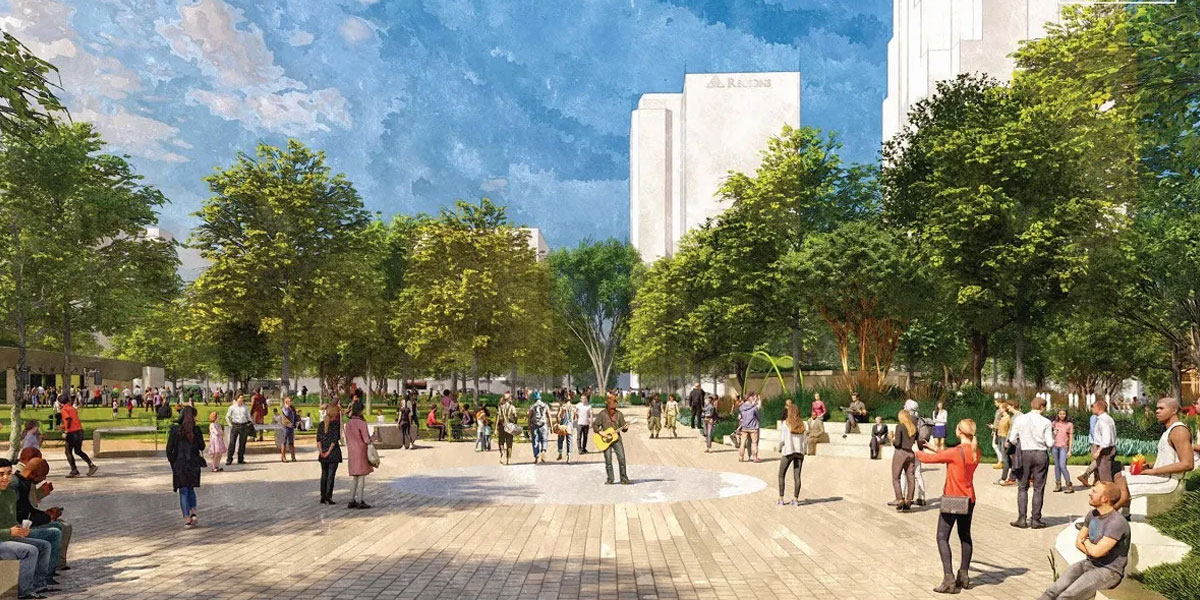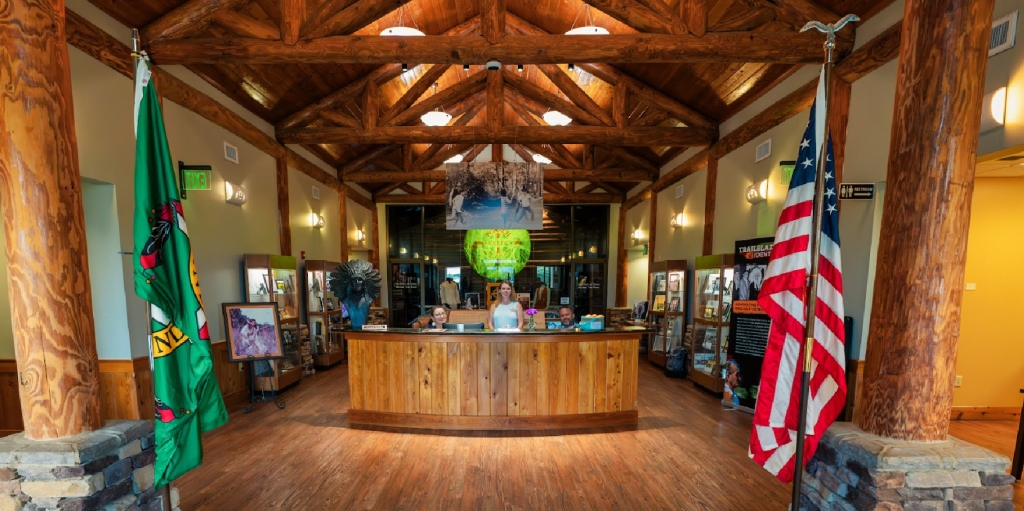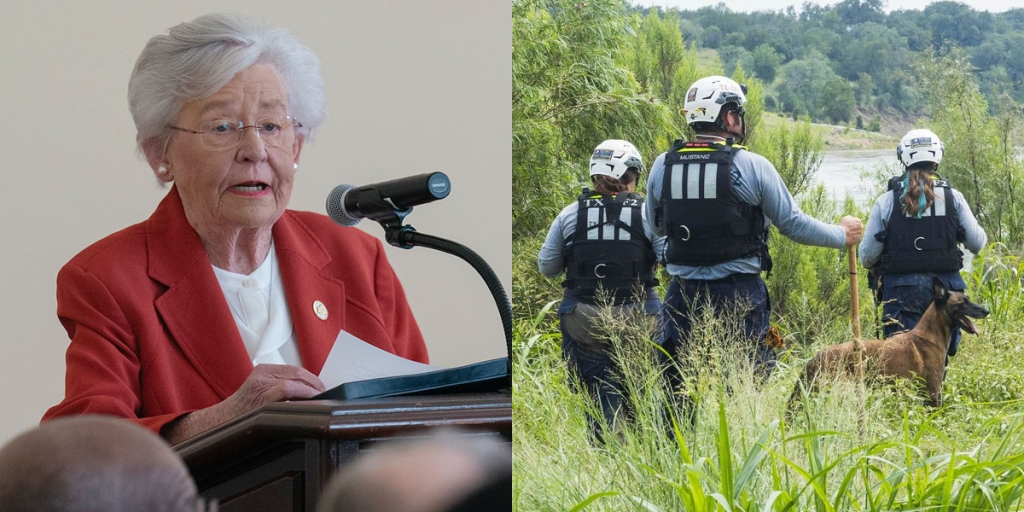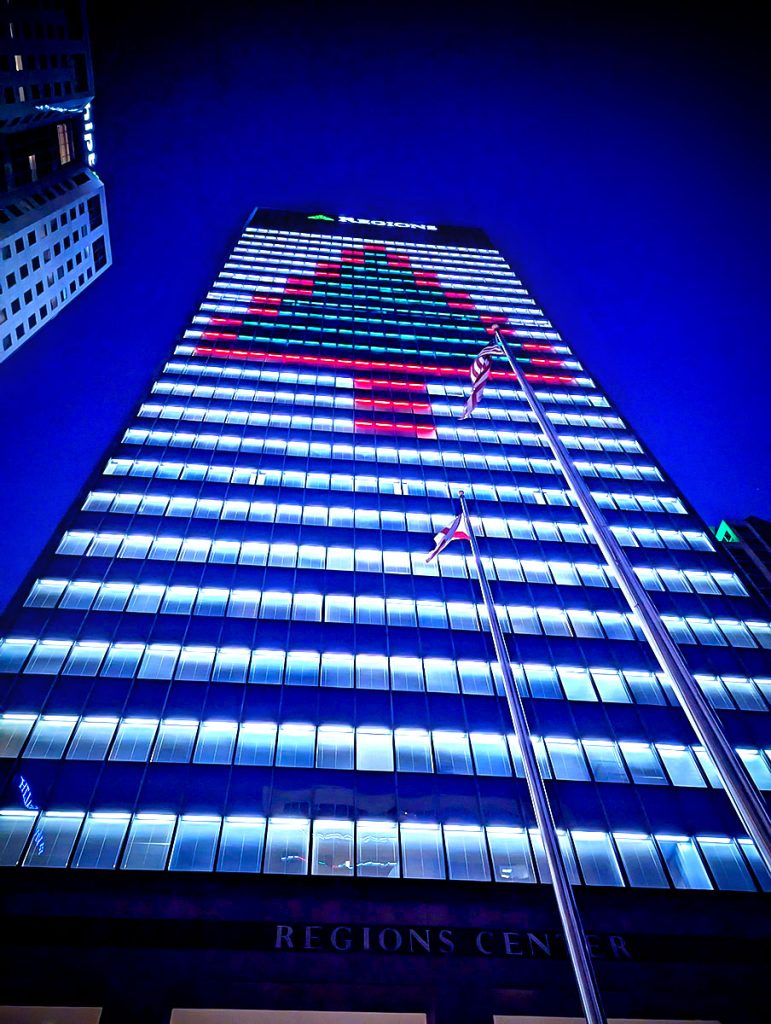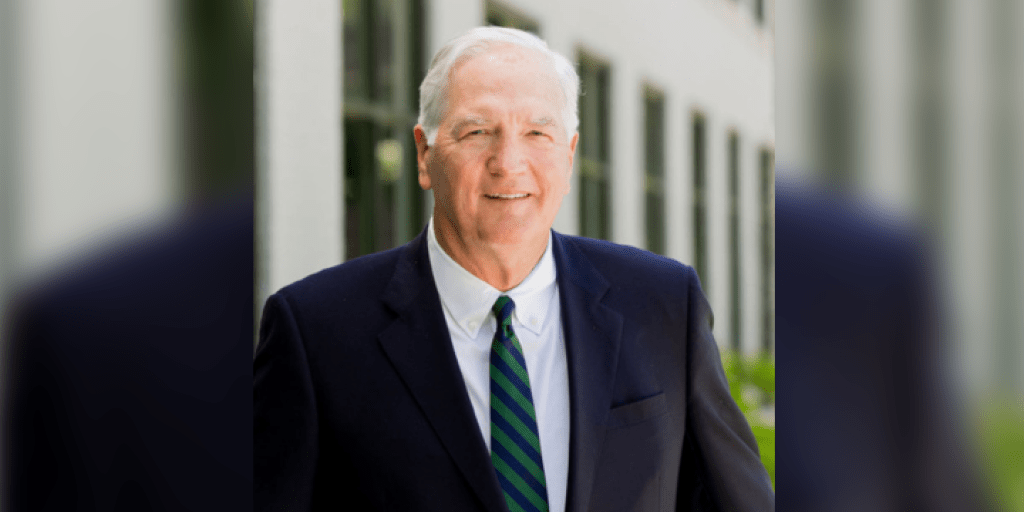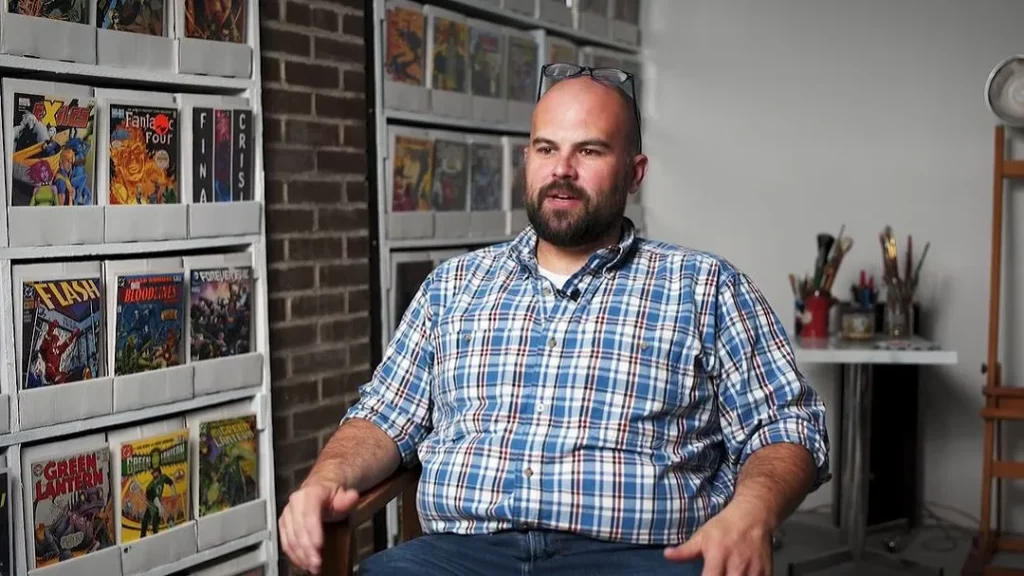It was one of Birmingham’s first parks – a place of respite from the bustle of a growing city, and also a place of racist horror. It has been the site of countless events and social protests – a place where some of the city’s important personalities are commemorated and where famous musicians have played; a space traversed for more than a century by the city’s most notable and notorious citizens, and those who never made headlines.
Now, city leaders and downtown boosters are looking to transform what is today known as Linn Park. Indeed, even the name of the park, which has changed several times since its creation in the late 19th century, is subject to a potential rebrand.
Earlier this month, following months of detailed design work and community input, officials unveiled the latest conceptual designs for a re-envisioned Linn Park. Two public meetings have been held in connection with the new designs, giving residents a chance to weigh in again. Community members who were unable to attend the meetings can submit their last round of feedback on the design until Oct. 21 using the feedback form at revisionlinnpark.com.

“The goal is to design a space that’s welcoming for all of Birmingham. That means the design must be community-led,” said David Fleming, president and CEO of REV Birmingham, promoting the latest public meetings. REV is the economic development nonprofit that is the project manager for what is being called a “re-visioning” of Linn Park. Alabama Power is a longtime supporter of REV and its ongoing efforts to revitalize and spur more economic development in Birmingham.

The latest concept for the park by Boston-based OJB Landscape Architecture is a hybrid of three prior design options presented earlier for public comment, said Atticus Rominger, REV’s chief strategy officer. All three designs contained similar key components, among them: a new public “green” and performance pavilion for larger events, a children’s play area, a café and community space for smaller events, and a site for the new Jefferson County Memorial, which will commemorate victims of racial terror, including Lewis Houston, who was lynched by a mob in Linn Park in 1883. Houston was the first victim of 30 documented lynchings that took place in the county.
Other elements of the plan include an interactive fountain and a “monument garden” that will house the collection of historic statues and busts of famous figures from the city’s and county’s past that already occupy spaces in the park.
The design preserves some of the largest trees in the park, but it also replaces much of the flora with native plantings.

“We want people to feel like they are leaving the city behind when they enter the park,” said Jim Burnett, OJB president. He said the design, which calls for only low-slung structures within the green space, is also meant to celebrate the historic and architecturally significant buildings around the park, which include the Jefferson County Courthouse, Birmingham City Hall, the historic Linn-Henley Research Library and the Birmingham Museum of Art.
Rominger said REV and the design team – OJB representatives, other local architects, landscape experts and community leaders – will consider comments from the public meetings, and those submitted online, while working on a final master plan to be completed before 2023. Once the plan is ready, REV and the design team will present it to city and county officials and the Birmingham Park and Recreation Board for their input.
Still to be devised is a cost estimate for construction and a funding mechanism for the park’s overhaul. A construction schedule would be set after a funding plan is in place.

Also to be determined is a future governance and operating model for the park. Plans call for a regular schedule of events in the park, which over the years has hosted a broad spectrum of cultural and civic happenings, ranging from the Magic City Art Connection festival, to the Fiesta Hispanic heritage celebration, to City Stages. From 1989 to 2009, City Stages was the city’s signature music festival.
It’s not the first time Linn Park has gone through a redesign and rebuild. By the early 20th century, visitors were already complaining about the poor condition of the park, whose name had changed from the original Central Park to Capitol Park. In 1918 the park’s name changed again to Woodrow Wilson Park in honor of the then-president of the United States.
An upgrade of the park was completed in the 1930s by federal Works Progress Administration crews. Then, in the 1980s, the deteriorating park went through yet another rebuild, funded through a public-private partnership. Following that project, the park was renamed for Charles Linn, an early Birmingham banker and industrialist who created the first landscaped park in the city.
Most recently, the park made headlines in 2020 in connection with its Confederate monument, which was erected between 1884 and 1905 (the city didn’t exist during the Civil War). The controversial monument was damaged by protestors who unsuccessfully attempted to topple it following the murder of George Floyd in Minneapolis. Within days of that protest, Mayor Randall Woodfin had the monument removed.
As for a possible new name for Linn Park, Rominger said many people who submitted comments over the past few months favored a change.
“A lot of people said, ‘Don’t name it after anyone,’” Rominger said.
Learn more about the “re-vision” of Linn Park here.




